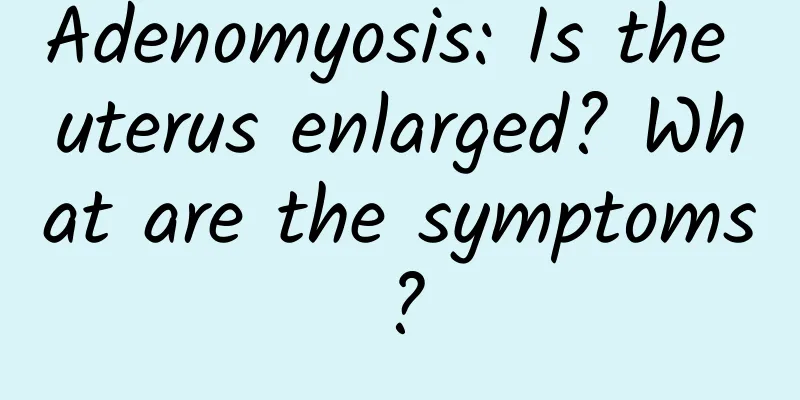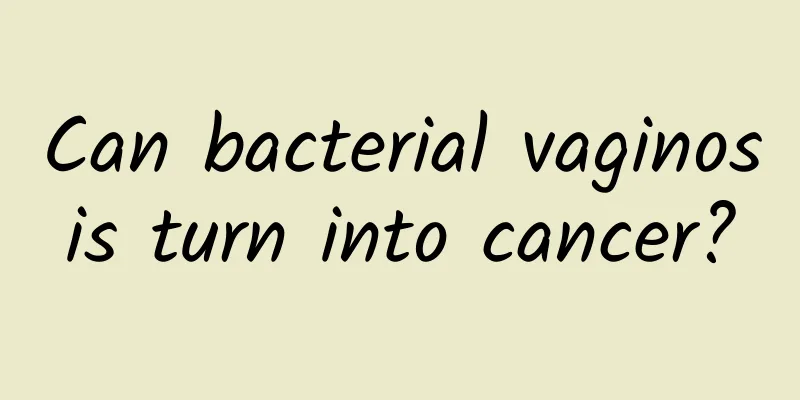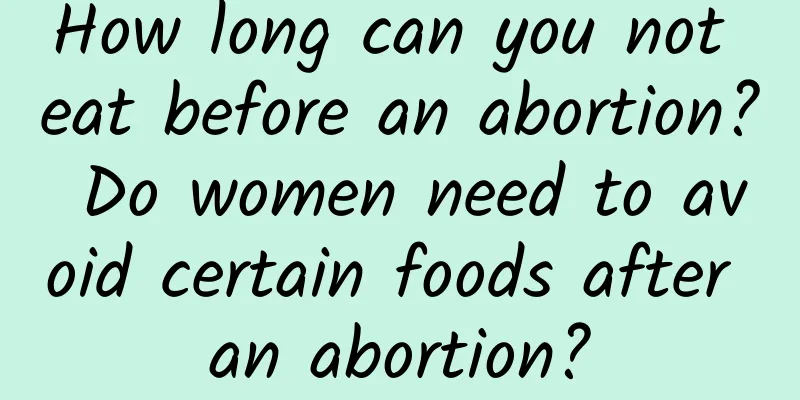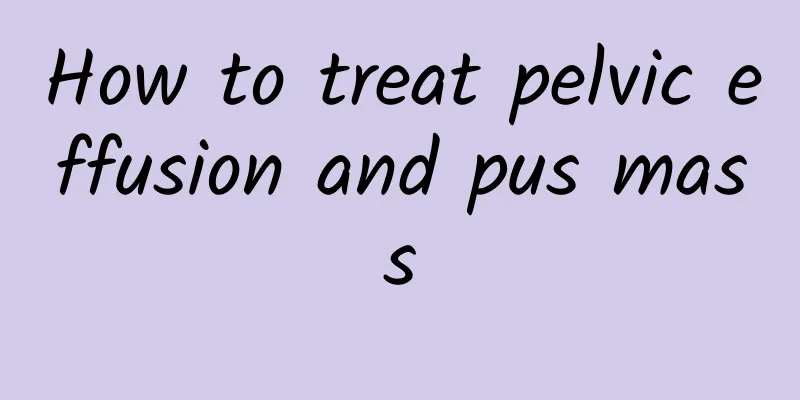The harm of pregnancy with uterine fibroids. Should fibroids be removed during pregnancy with uterine fibroids?
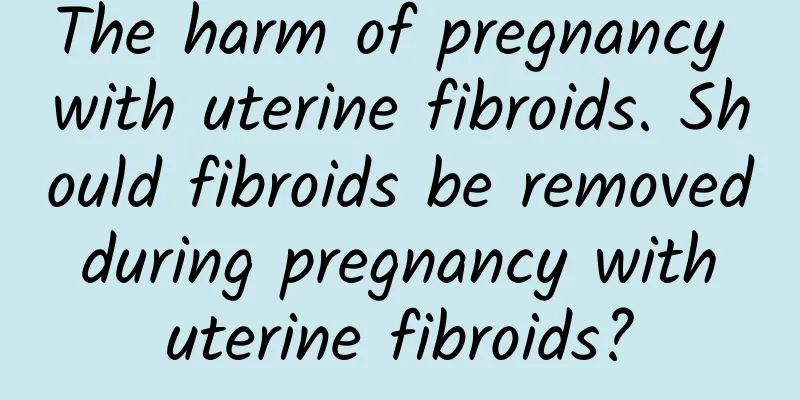
|
Uterine fibroids shattered her dream of raising a child Having a child is an increasingly strong desire of 32-year-old Miss Chen. A few years ago, I was busy working with my lover, so I was not in a hurry to have a child. A few years later, my career was successful, my family was happy, and my father-in-law and mother-in-law murmured more and more frequently. After getting pregnant, she temporarily put down her work and raised the child with ease. However, one night just a few days ago, Miss Chen suddenly had severe pain in her lower abdomen and irregular vaginal bleeding, and her family rushed her to the hospital. Due to timely treatment, Miss Chen's life was not serious, but the child in her stomach disappeared. Miss Chen had a miscarriage because the growth of uterine fibroids during pregnancy compressed the fetal sac or the fibroids had red degeneration, stimulating uterine contractions. Two years ago, Miss Chen had a physical examination. She was found to have a uterine fibroid of about .5 cm. She was very nervous at the time and went to many hospitals for gynecology. As a result, she was told that there was no major problem. She had regular B-ultrasound examinations, and the results of many reexaminations were the same. Gradually, she stopped going to the hospital. Now she knows that the uterine fibroid has grown to 4.5 cm. There are two misunderstandings about uterine fibroids patients Uterine fibroids refer to fibroids on the female uterus, also known as uterine leiomyoma, which is the most common benign tumor in the female reproductive organs. Generally speaking, the incidence rate is higher in young and middle-aged women of childbearing age, and usually one in five people will get sick. Although it is very common, not many people really understand it. There are often two misunderstandings about uterine fibroids: too much attention and neglect. "On the one hand, some people are very scared when they find a two- to three-centimeter fibroid on ultrasound after a physical examination." Lang Jinghe said that this is completely unnecessary. The diagnosis of uterine fibroids is easy, and there are rules to follow for treatment. Many of them do not even require treatment. Generally speaking, if the doctor diagnoses that the uterus is not large, there are not many fibroids, there are no special symptoms, and it does not affect normal life and work, the patient will have a regular gynecological examination 1-2 times a year to closely monitor its changes. On the other hand, some people do not pay attention to physical examinations and ignore the body's "alarm signals." For example, once irregular menstruation occurs, such as sudden changes in the menstrual cycle, increased bleeding, polyuria, frequent urination and other symptoms, they habitually take some Chinese medicine for conditioning. In fact, it is likely that fibroids are at work at this time, and it is a big mistake to ignore it easily. From the perspective of uterine fibroids, the treatment principles for uterine fibroids should be determined based on the size, location, symptoms, patient age, fertility requirements, recent developments and complications, and whether the diagnosis is clear. "So, don't worry, but don't give up either. It's best for women over 30 to have a gynecological examination every six months to a year. This is the most important thing." The impact of pregnancy complicated by uterine fibroids Uterine fibroids during pregnancy are called pregnancy complicated by uterine fibroids. They refer to uterine fibroids discovered after pregnancy and should be treated based on factors such as the month of pregnancy, size of the fibroids, and clinical manifestations. l) Treatment of uterine fibroids in early pregnancy: Intervention of uterine fibroids in early pregnancy is likely to lead to miscarriage, so it can wait until the second trimester. If the fibroids are large, the chances of complications of continuing the pregnancy are estimated to be greater. If the patient requires an artificial abortion, the pregnancy can be terminated first, the fibroids can be removed in the short term, and an artificial abortion can also be performed at the same time. 2) Treatment of uterine fibroids during mid-pregnancy: ① For patients with fibroids less than 6 cm in diameter and without symptoms, regular prenatal examinations should be performed to note whether the fibroids have red degeneration. Most pregnant women can give birth vaginally without the need for special treatment: ② The diameter of the fibroid is greater than 6 cm. As the uterine fibroid grows, it may continue to increase. Large fibroids are prone to red samples stimulating uterine contractions or peritoneal irritation symptoms. At this time, obstetricians only recommend that patients rest in bed and use analgesics. Pregnancy myomectomy is rarely recommended, and only when necessary. 3) Treatment of uterine fibroids in late pregnancy: Small fibroids cannot be treated. If the diameter of the fibroid is larger than 8cm but there are no symptoms, you can wait until full term for a cesarean section and a myomectomy at the same time. Because large uterine fibroids may not only affect uterine contraction, abnormal production and delayed labor, but also the possibility of postpartum placental retention, postpartum hemorrhage and postpartum infection is greater than that of normal pregnant women. In some cases, the uterus may also be forced to be removed due to uncontrollable postpartum hemorrhage or postpartum infection. Therefore, the method of delivery should be cesarean section, and cesarean section should be performed at the same time as myomectomy. Uterine fibroids ≠ infertility Generally speaking, there are many reasons for infertility, and there are still women with uterine fibroids who can get pregnant naturally. Experts say that uterine fibroids can cause infertility in women, but the probability is very small. Some women even don't know they are pregnant, have excessive bleeding during menstruation, and have miscarriages, but don't know it. Therefore, it cannot be immediately determined that uterine fibroids are the main cause of infertility, but if the menstrual cycle is abnormal and bleeding is excessive, you should seek medical attention as soon as possible to prevent future pregnancy and childbirth difficulties. During pregnancy, uterine fibroids do not need to be treated or cannot be treated. Cooperate with your doctor for regular observation. In early pregnancy, ovarian estrogen increases, causing fibroids to enlarge. In the second and third trimesters, fibroids will not or shrink, but different opinions are uncertain. Medication vs. Surgery Doctors say that the treatment of uterine fibroids depends on individual needs. It can be treated with conservative medication, surgical removal, or even removal all together. Drug treatment: If you only want to treat bleeding volume or improve infertility, you can usually control it with drugs, which can reduce the size of fibroids, but the fibroids will grow again after stopping the medication, and the recurrence rate is high. It is only a temporary treatment. Surgical treatment: For women who are not considering pregnancy, Director Zhang Junyao recommends that the fibroids and uterus can be completely removed, which can not only solve the clinical symptoms but also prevent recurrence; if pregnancy is planned, myomectomy can maintain uterine function, but after removal, fibroids may still regenerate. |
Recommend
What are the treatments for amenorrhea?
There are many ways to treat amenorrhea. Accordin...
Fight obesity! Opening community fitness classes will make women more interested in sports?
Being overweight or obese is not uncommon in toda...
What is the main cause of pelvic inflammatory disease in girls?
The main causes of pelvic inflammatory disease in...
How much does it cost to treat cervical erosion?
Nowadays, the technology for treating cervical er...
Want to train your abs to have tighter curves? 10 Tips for Beginners to Become a Weight Training Coach
Seeing others develop tight curves, perky buttock...
How to prevent threatened abortion in winter
Pregnant women are very worried about threatened ...
A must-see for office workers! The total calories of buffet dishes are less than 600 calories
People who eat out and office workers have limite...
Symptoms and signs of pelvic inflammatory disease
Pelvic inflammatory disease is a common gynecolog...
How to regulate irregular menstruation for women? 5 tips to quickly get rid of irregular menstruation
Normal menstruation is an important sign of a hea...
The most prominent symptom of ovarian cysts is usually a lump in the lower abdomen.
The most prominent symptom of ovarian cysts is us...
What to eat to enhance ovarian function? 4 kinds of ovarian maintenance foods you can eat more
Ovarian maintenance is very important for women. ...
What are the early symptoms of ectopic pregnancy?
Ectopic pregnancy is a very common disease in cli...
How long does it take for bleeding symptoms to appear in ectopic pregnancy?
Ectopic pregnancy usually causes bleeding symptom...
Can I get pregnant after the pelvic effusion disappears?
Generally, patients with pelvic effusion go to th...
Eat 2 slices of toast 30 minutes after exercise to lose more weight
Exercise plays an important role in the winning f...
